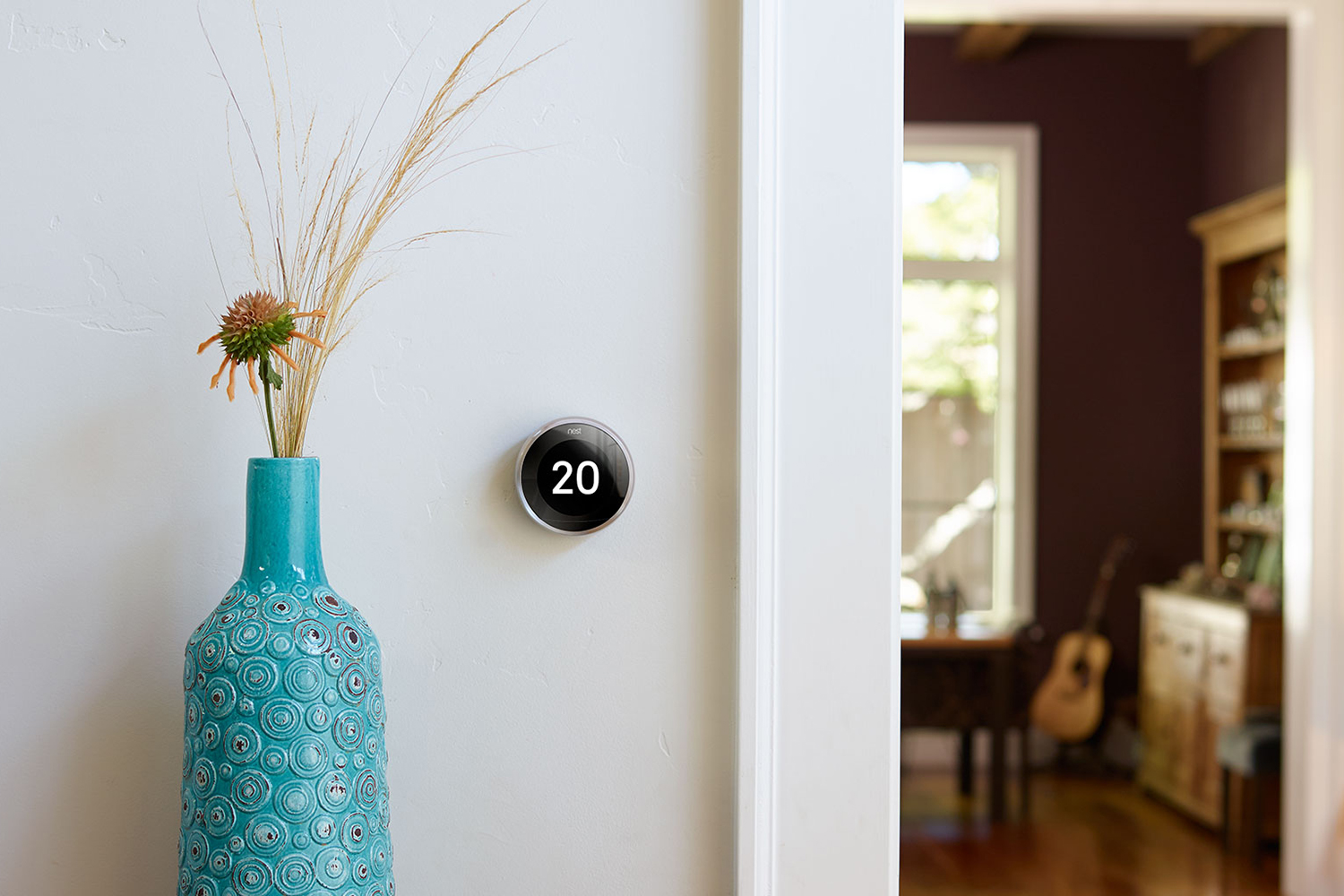If you were an early adopter of the Nest Learning Thermostat, bad news: Google has announced the end of support for the first and second generation models as of October 25. That means that, for all intents and purposes, you can drop the “smart” descriptor. You’ll no longer be able to control the devices from your phone or from Google Assistant, although they will continue to function as standard, wall-mounted thermostats.
Google’s support post reads, “As we look at what it takes to support your energy needs going forward, it has become increasingly challenging to continue to update these products given the early hardware. So we made the difficult decision that starting October 25, 2025, Nest Learning Thermostat (1st gen, 2011), Nest Learning Thermostat (2nd gen, 2012), and Nest Learning Thermostat (2nd gen, Europe version, 2014) will no longer receive software updates.”
A few features will remain in place, like schedules and modes, but will require manual control to work. If there’s a silver lining to be found, it’s that Google has promised to reach out to eligible customers with discounts on the Nest Learning Thermostat 4th gen, the most recent model. Customers in the United States will receive $130 off, while Canadian users will receive $160 off. European Nest owners get a different offer, with 50% off the Tado Smart Thermostat X Starter Kit.

While it’s natural for both hardware and software to lose support over time, the news is still disappointing for fans who haven’t felt the need to upgrade to a newer model. The discount coupon is a nice gesture, but it doesn’t really make up for the added cost. Someone more cynical might look at this as a $140 fee to continue using your smart thermostat that you already paid for.
And unfortunately, this is far from the first time a smart home device has gone kaput after launch. To be fair, the first-gen Nest Learning Thermostat was released in 2011, so it has had 14 years of support. The second generation was released in 2012. It isn’t as if these devices were sold and immediately discontinued, but most people expect their electronics to continue functioning until they break.
In this sense, it might be better to change how we view smart home technology. Like a toaster or a stand mixer, smart home technology is more of an appliance — something to streamline the day-to-day, rather than a computer or old game console you might want to pull out in twenty years for a dose of nostalgia. Appliances break down and you expect to replace them after a while, and it might be time to take that same approach when it comes to smart home tech.

Of course, you could argue that Cuisinart won’t suddenly strip away the majority of your toaster’s functionality because it’s old. That would be ridiculous, after all — but your toaster likely isn’t vulnerable to cyberattacks (although there are smart toasters available now, but the discussion of their relevancy is a topic for a different time.)
Google is stuck between a thermostat and a hard place. By ending support for its oldest models, Google is better able to dedicate its attention to improving the functionality of new gadgets, and it also doesn’t have to worry about bad actors using the older devices as a backdoor into a home network. At the same time, it has to balance its bottom line with customer satisfaction.
And oh boy, are some customers unhappy with this decision. Since the news broke, users have taken to social media and Reddit to express their displeasure. As u/limitless__ puts it, “It’s ok to EOL a product by pulling support. What’s not okay is forcing you to migrate to Google and then killing the app.”
Numerous other users said Google’s decision has caused them to lose trust in the company, and suggested a better path would be to maintain full functionality while ceasing software updates. If a user wants to risk security vulnerabilities, that should be their decision, not Google’s.

I find myself inclined to agree with that general sentiment. While I understand the move from an intellectual and objective standpoint, I don’t like that a company can strip functionality away. It adds to the idea that we no longer truly “own” anything, especially in terms of anything connected to the internet. Call me old-fashioned, but I’ve always felt like if I purchase something, it should be mine to use as I please.
At least some functionality remains. Other smart home platforms have been shut down and their hardware turned into expensive paperweights, like Iris by Lowe’s. First launched in 2012, it worked (kind of) until 2019 when Lowe’s shut the entire system down. The only concession to users was a refund for any devices that wouldn’t work on other platforms, although Samsung stepped in to help users migrate compatible Iris products over to the SmartThings platform.
Long-time Google users shouldn’t be too surprised, though. The company is so known for ending support on projects, sometimes with next to no warning, that an entire “Google Graveyard” exists. You can check it out yourself at KilledByGoogle.com, where services like the Google Podcasts app, Google Hangouts, and numerous other applications haunt the digital landscape. There are several Nest products there too, including Nest Secure, the Nest x Yale lock, and Nest Protect.






:max_bytes(150000):strip_icc()/GettyImages-2164684608-9532b7959d1c46f6ae3262e3cee0541f.jpg?w=1174&resize=1174,862&ssl=1)
Leave a Comment
Your email address will not be published. Required fields are marked *